Die Casting
At Craft,provides comprehensive die casting services utilizing both Hot Chamber and Cold Chamber Die Casting methods to suit different material requirements and project specifications.
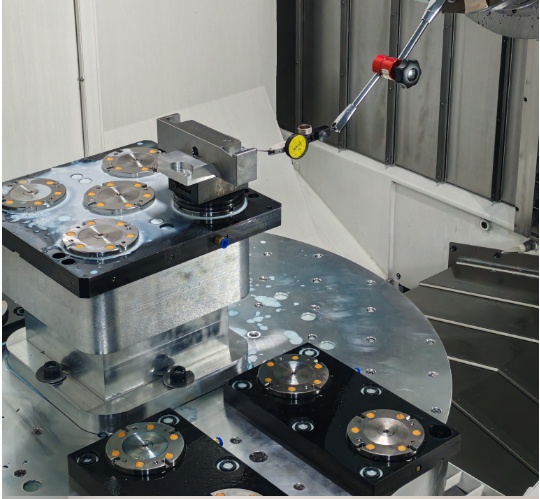
Hot Chamfer Die Casting
It is particularly effective for metals with lower melting points like zinc and magnesium. This technique incorporates a casting machine with an integrated furnace, enabling rapid and seamless operation. The molten metal is directly injected from the heated chamber into the mold, making it suitable for producing components that demand precise dimensional accuracy and improved mechanical.
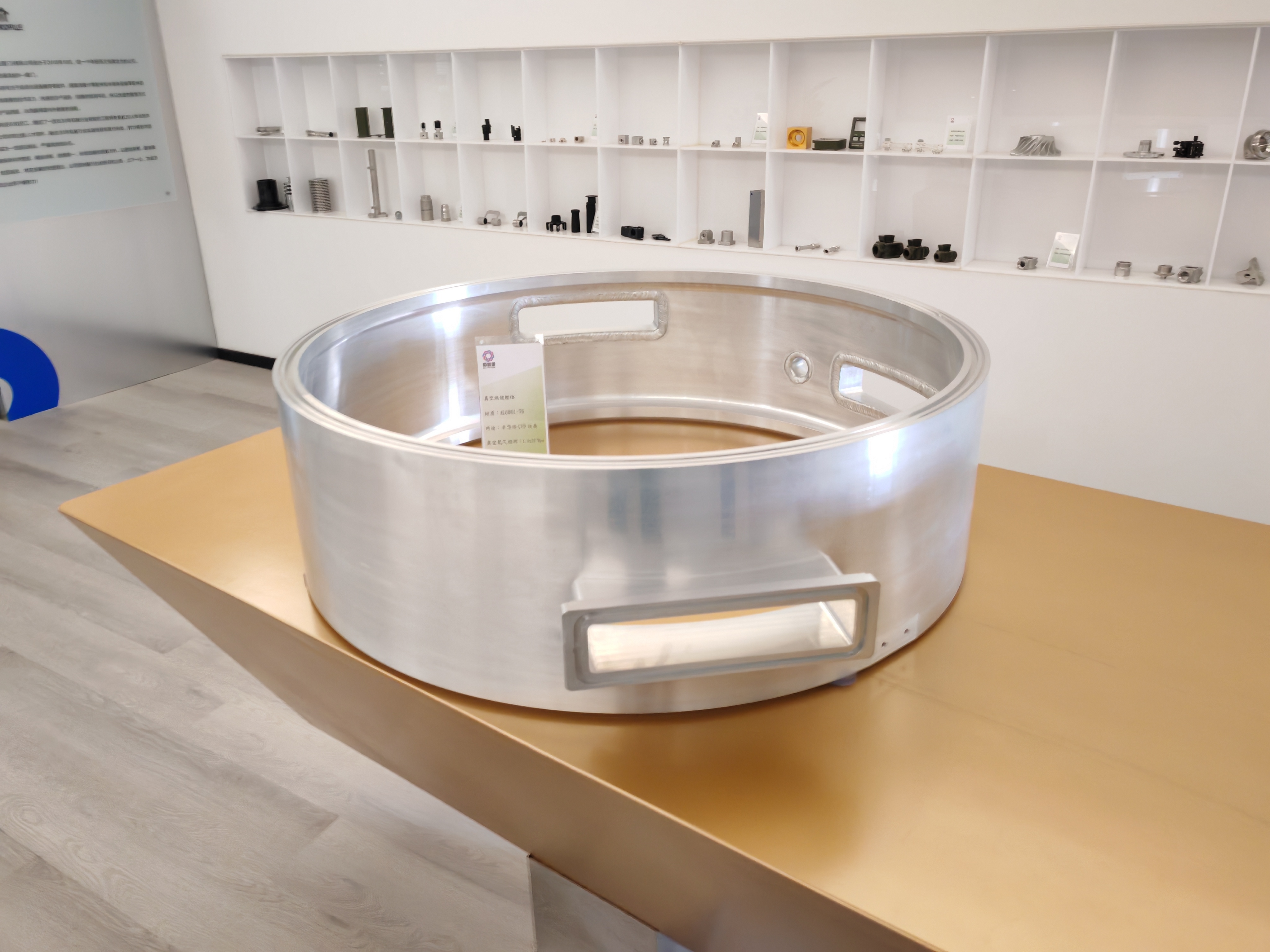
Cold Chamfer Die Casting
The cold chamber die casting process is ideal for metals with higher melting points, such as aluminum and copper alloys. In this process, the molten metal is manually loaded into a cold chamber before each injection. This helps protect the equipment from extreme heat, improving its durability and performance. Cold chamber die casting is particularly advantageous for creating large, robust parts with intricate designs and exceptional.
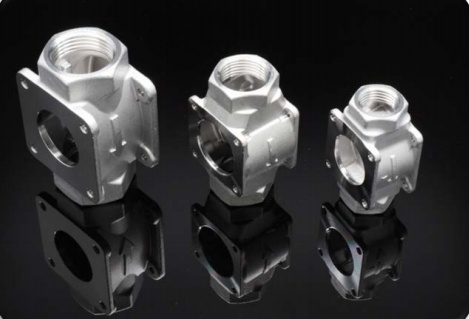
Advantages of Die Casting
High Precision and Consistency: Ensures consistent tight tolerances and complex geometries, making it perfect for large-scale production of top-notch parts.
Speed: Rapid production cycles result from the swift filling and quick cooling of the molten metal, enabling fast manufacturing of high volumes of parts.
Strength and Weight: Delivers sturdy yet lightweight parts due to the creation of a dense and fine-grained metal structure through high-pressure casting.
Minimal Waste: Maximizes material utilization with minimal scrap, reducing waste and minimizing the need for additional machining
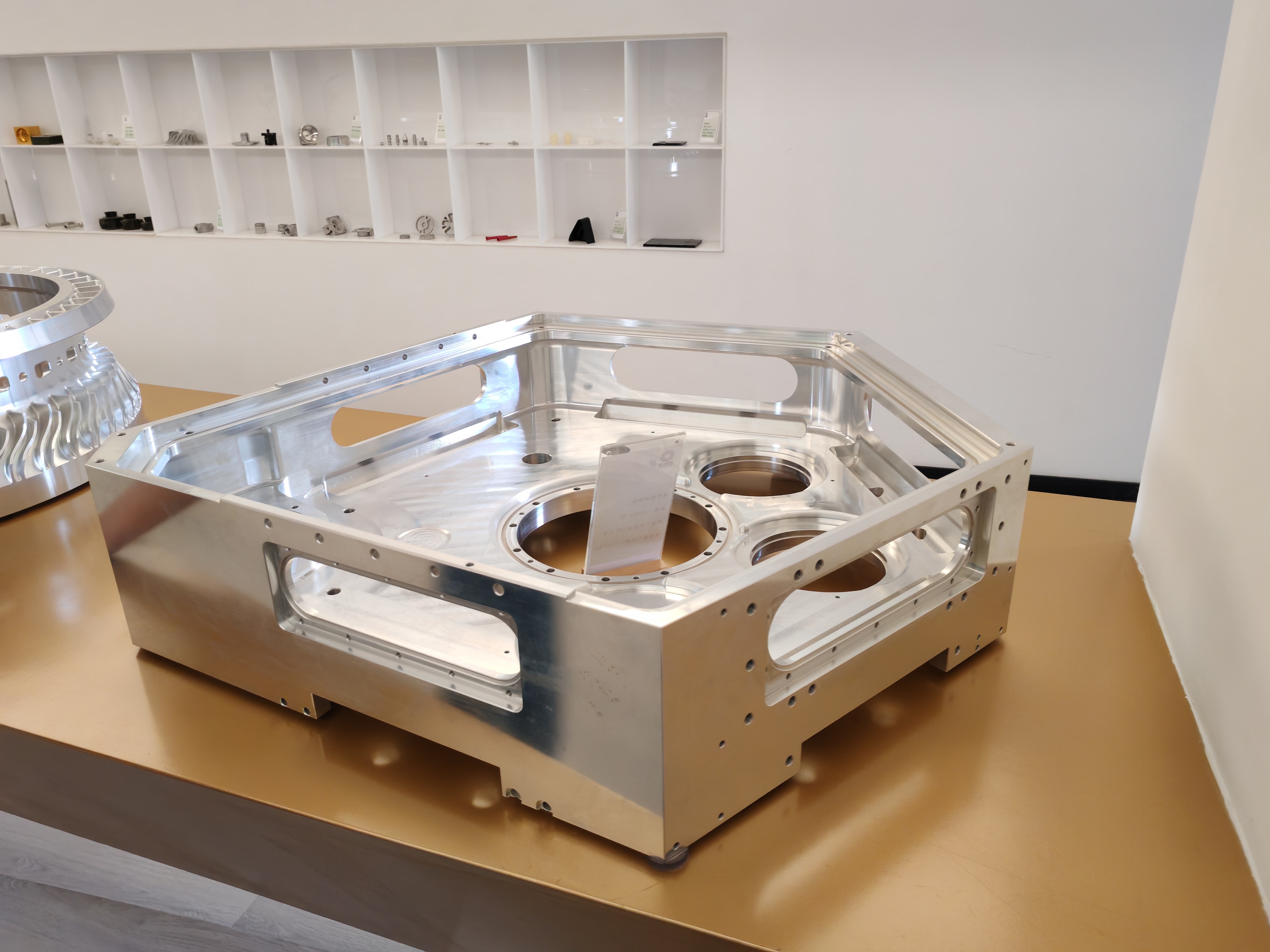
Disadvantages of Die Casting
Higher Initial Investment: Die casting requires significant upfront costs, including tooling and equipment expenses, which may make it less viable for smaller production quantities or projects with limited budgets.
Material Limitations: Die casting is most suited for metals with lower melting points, such as aluminum and zinc alloys. Casting high-melting metals can be more challenging and may not yield optimal results.
Potential for Porosity: Rapid cooling during the casting process can lead to the formation of small air pockets within the metal, which may affect the structural integrity of the parts. Careful design considerations and process optimization are necessary to minimize porosity.
Size Constraints: Die casting is generally more effective for smaller to medium-sized components. Casting larger parts may present difficulties in maintaining consistent dimensional accuracy and uniformity.
Post-Processing Requirements: While die casting minimizes the need for extensive secondary operations, some parts may still require additional machining or finishing to meet specific tolerances or surface requirements.
Applications of Die Casting
Why choose us ?


Fast Lead Time
Our extensive network of Chinese die casting manufacturers ensures efficient and fast production. With state-of-the-art automated facilities, we have the capabilities to handle complex custom with ease
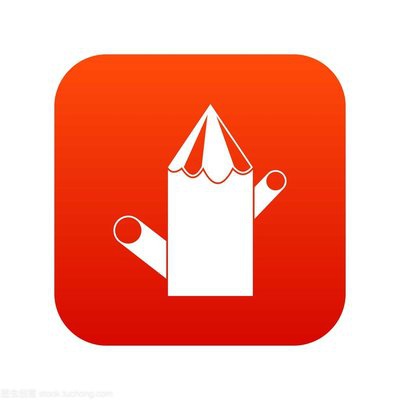
Die Casting Specialist
FAQ
A:Die casting is a metal casting process where molten metal is forced into a mold cavity under high pressure. The mold, made of hardened tool steel dies, is prepared and lubricated. Molten metal is then injected into the mold at high pressure and allowed to cool and solidify. Once solidified, the die halves are opened, and the cast part is ejected. Then Excess material is trimmed away from
Q:Die casting design considerations?
A:When designing parts for die casting, consider key factors for optimal performance and manufacturability:
Q:What is the lead time for die cast tooling?
A:The lead time for die cast tooling ranges from 2 to 12 weeks, depending on factors like part complexity, metal selection, and precision requirements. It includes the design phase, mold creation, and testing for quality assurance. Any adjustments or modifications may extend the lead time. Open communication with the client helps ensure efficient production and deadlines.
Q:What are the tolerances for die casting?
A:Die casting achieves tight tolerances suitable for complex parts with high production volumes. Tolerances depend on the part's dimensions, metal used, and casting process. Standard tolerances range from ±0.1 mm for smaller dimensions (<25 mm) to ±0.5 mm for dimensions up to 250 mm. More precise tolerances down to ±0.02 mm can be achieved through post-machining. Material selection and advanced techniques, like vacuum or squeeze casting, improve tolerance control by reducing porosity and enhancing metal.